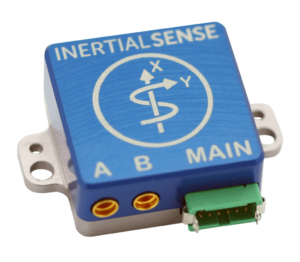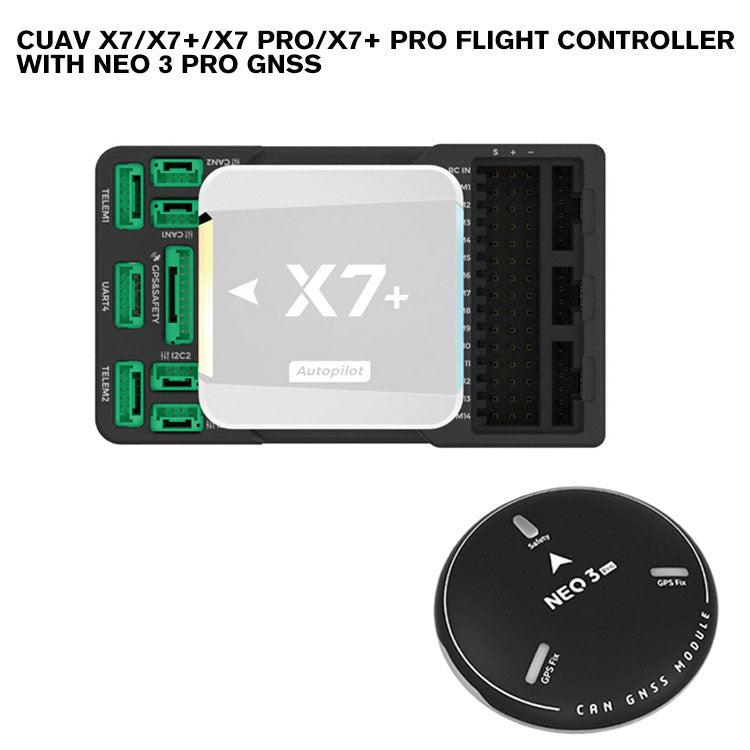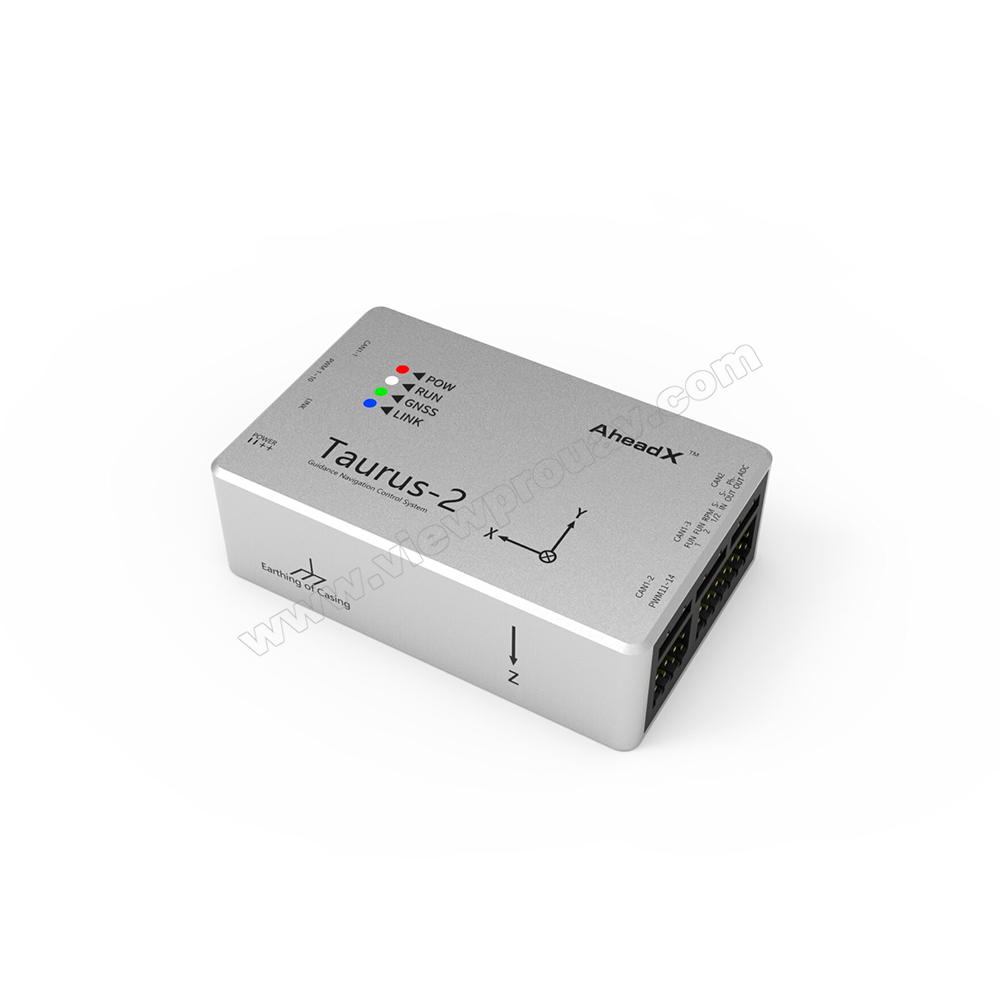SparkNavi Drone Flight Controller and GNSS/INS Made in Taiwan: Accuracy and Innovation
Exploring the Function of Drone Trip Controllers in Enhancing Trip Security and Navigation Performance
The advancement of drone innovation has actually considerably increased the value of flight controllers, which function as the mind of these airborne cars. By incorporating real-time information from a variety of sensing units, flight controllers boost trip security and navigation effectiveness, making sure that drones can run efficiently even in intricate settings. This discussion will certainly explore the key elements that add to these enhancements, along with the ramifications for the future of self-governing flight. What developments lie ahead that could even more transform the capacities of drone trip controllers?

Comprehending Trip Controllers
Flight controllers are integral elements in the functioning of drones, offering as the brains that maintain and manage trip procedures. These innovative tools procedure data from numerous sensors, including accelerometers, gyroscopes, and GPS, to guarantee that the drone preserves its desired trip path. The trip controller translates this data and performs commands based upon pre-defined algorithms, making it possible for the drone to reply to environmental modifications, such as wind or obstacles.
The main function of a trip controller is to preserve stability during flight. It achieves this by making real-time changes to the drone's motors and control surface areas, making certain equilibrium and control. In addition, modern-day flight controllers integrate advanced attributes such as waypoint navigating, permitting automated trip paths and improved operational effectiveness.
Comprehending the architecture of trip controllers is essential for both professionals and enthusiasts. They generally contain a microcontroller, firmware, and various user interfaces for sensing unit input and interaction. As technology advances, trip controllers have come to be much more compact and qualified, incorporating synthetic knowledge to adapt and enhance decision-making processes to complicated flight scenarios. This advancement symbolizes an essential advancement in the drone market, leading the way for extra sophisticated applications and safer procedures.
Secret Elements of Flight Stability
Achieving optimum trip stability in drones relies upon a number of crucial elements that operate in performance to ensure smooth and controlled procedures. Central to this stability is the trip controller itself, which processes data from numerous sensing units to preserve the wanted flight perspective. This consists of accelerometers and gyroscopes that determine movement and orientation, permitting real-time modifications to the drone's placement.
An additional vital component is the digital rate controllers (ESCs), which regulate the power supplied to the electric motors. By finely adjusting electric motor speeds in response to flight controller commands, ESCs assist preserve balance and counteract disruptions brought on by wind or abrupt activities.
In addition, the design of the drone's framework plays a crucial function in flight stability. A well-structured structure decreases resonances and enhances the general aerodynamic profile, adding to smoother flight features. Lastly, the assimilation of sophisticated formulas within the trip controller aids in predictive changes, making certain a responsive and adaptable flight experience.
Together, these elements form a cohesive system that enhances a drone's security, enabling precise maneuvering and enhanced efficiency in different trip problems.
Navigation Performance Strategies
Effectiveness in navigation is important for optimizing drone procedures, especially in intricate atmospheres. Reliable navigation methods enhance the ability of drones to traverse difficult surfaces and prevent obstacles, consequently enhancing functional effectiveness and security.
One famous strategy is the implementation of innovative GPS and inertial dimension systems (IMUs) that supply specific place monitoring and positioning data. These technologies allow drones to determine ideal flight courses in real-time, taking into consideration different aspects such as wind conditions and prospective obstacles.
One more method entails using formulas for course planning and optimization. Formulas such as A * and Dijkstra's algorithm can be released to figure out one of the most reliable path while minimizing energy consumption and trip time. Integrating equipment understanding models can enable drones to adaptively discover from their environments, enhancing navigation capacities with experience.

Influence On Autonomous Drones
The integration of advanced navigating strategies has actually greatly changed the capabilities of self-governing drones, enabling them to run with higher freedom and accuracy. SparkNavi drone flight controller and GNSS/INS made in taiwan. These improvements are largely connected to sophisticated flight controllers that use real-time information processing and sensing unit fusion, permitting drones to navigate intricate settings flawlessly
The effect on self-governing drones extends past check out this site plain navigation; it includes enhanced barrier evasion, enhanced security during dynamic problems, and boosted objective reliability. By leveraging formulas that integrate artificial intelligence and man-made knowledge, drones can adjust to changing circumstances, making educated choices that optimize their flight courses while decreasing threats.
In addition, the execution of durable trip controllers has assisted in the implementation of complex jobs, such as airborne inspections, delivery solutions, and farming tracking, with minimal human treatment. This capability not just improves procedures however also lowers human mistake, thus improving general safety.
Consequently, the functional scope of self-governing drones has increased significantly, making them vital devices in various markets. Their capacity to perform successfully in diverse circumstances emphasizes the essential function that advanced flight controllers play in shaping the future of unmanned aerial systems.
Future Trends in Flight Control
Often, advancements in trip control technology are positioned to redefine the landscape of drone procedures in the coming years. Emerging patterns show a substantial change in the direction of boosted artificial intelligence (AI) combination, enabling flight controllers to process real-time information extra effectively. This advancement will certainly help with better decision-making capacities, permitting drones to adapt to vibrant ecological conditions autonomously.
Furthermore, the application of go now artificial intelligence formulas is expected to enhance predictive upkeep, thereby decreasing downtime and extending the lifecycle of drone elements. This proactive method to maintenance will be critical as drone applications increase throughout various industries, from agriculture to logistics.

.jpg)
Last but not least, developments in protected communication methods will certainly deal with safety and governing issues, ensuring that drones can operate seamlessly in overloaded airspaces (SparkNavi drone flight controller and GNSS/INS made in taiwan). Jointly, these trends point towards a future where flight control systems are not just smarter and more effective yet likewise capable of running securely in a significantly integrated airspace
Final Thought
In verdict, drone flight controllers are essential to enhancing trip security and navigation performance via the advanced processing of sensing unit data. By preserving ideal flight attitudes and using innovative algorithms for course optimization and barrier evasion, these controllers dramatically add to the freedom and operational safety and security of drones. As modern technology proceeds to evolve, even more improvements in trip control systems are anticipated, promising improved performance and broadened capacities in the realm of unmanned airborne cars.
By incorporating real-time information from an array of sensing units, flight controllers boost flight security and navigation efficiency, ensuring that drones can run smoothly also in complicated settings.Trip controllers are integral parts in the performance of click here to find out more drones, serving as the minds that handle and maintain flight procedures. Furthermore, modern-day trip controllers integrate sophisticated features such as waypoint navigation, enabling for automated flight paths and boosted functional performance.
Central to this security is the flight controller itself, which refines data from different sensors to maintain the desired flight perspective.In conclusion, drone flight controllers are indispensable to improving trip security and navigating efficiency with the sophisticated handling of sensor data.